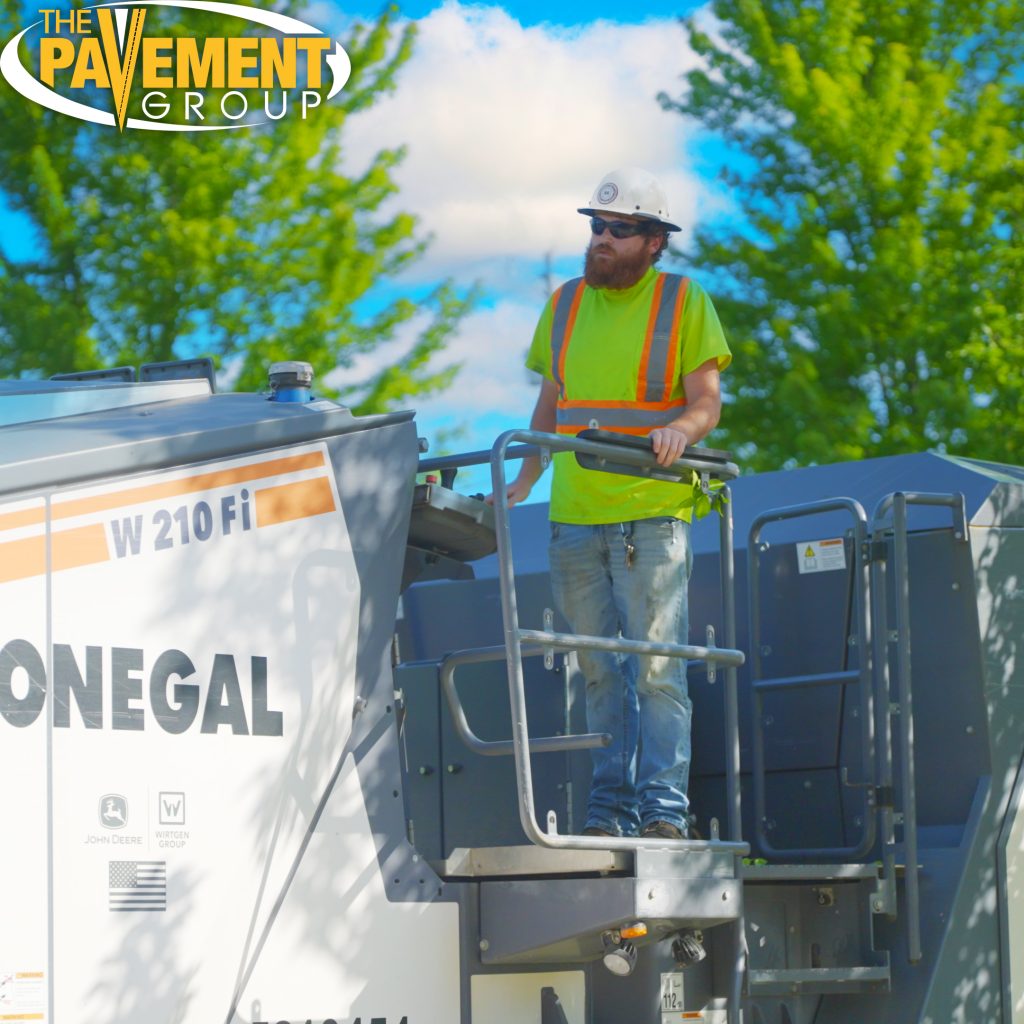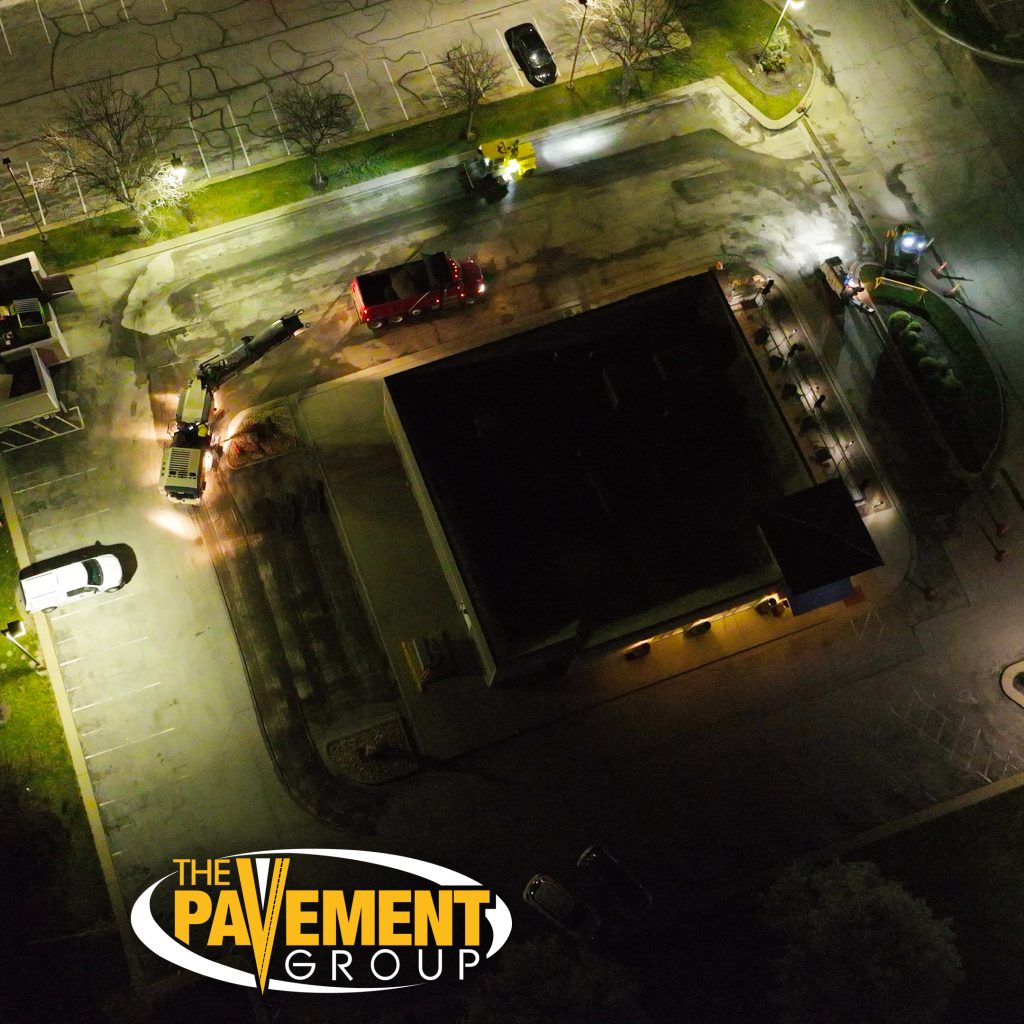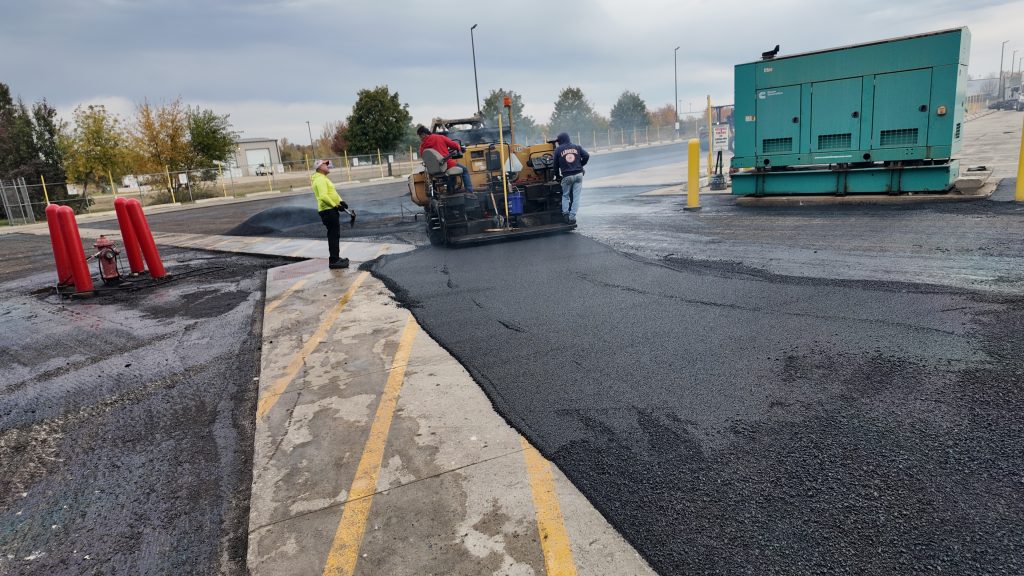Managing a retail property means balancing functionality, safety, and curb appeal. Without exceeding your maintenance budget. Pavement upkeep is often one of the biggest ongoing expenses. Still, it’s also one of the most important investments you can make to preserve property value and ensure customer safety. You don’t need to spend a fortune to keep your pavement in top condition. With the right strategy, regular inspections, and smart repair timing, you can significantly extend the life of your asphalt while keeping costs manageable. Let’s explore budget-friendly pavement maintenance for every retail property manager should know.
Understanding Why Pavement Maintenance Matters
Cracked or faded pavement doesn’t just look bad. It signals neglect and can even create liability risks. Damaged surfaces increase the chances of vehicle damage or slip-and-fall accidents, which can lead to costly claims. According to the National Asphalt Pavement Association (NAPA), preventive maintenance can extend pavement life by up to 50%.
1. Conduct Regular Pavement Inspections
Routine inspections are the foundation of cost-effective maintenance. Schedule quarterly or seasonal reviews to identify small cracks or drainage issues before they worsen. Early detection helps prevent minor problems from turning into expensive repairs.
A small surface crack can quickly expand due to water infiltration and temperature changes. Proactive inspections save money in the long run and help maintain consistent property standards.
2. Prioritize Crack Sealing and Sealcoating
Crack sealing is one of the most affordable and effective ways to protect asphalt. Sealing prevents water from seeping beneath the surface and weakening the pavement base.
Follow it up with sealcoating every two to three years. This protective layer shields asphalt from UV rays, oil spills, and weather damage while improving its appearance.
Sealcoating also enhances the deep black finish of the surface, giving your property a freshly paved look at a fraction of the cost.
3. Use Preventive Maintenance Over Reactive Repairs
Many retail property managers wait until pavement damage becomes obvious before taking action. That’s an expensive mistake.
Preventive maintenance, like filling cracks, patching small potholes, and applying sealant, costs significantly less than complete resurfacing or replacement.
Regular upkeep keeps your asphalt resilient, reduces downtime, and ensures your parking lot remains safe for vehicles and pedestrians alike.
4. Schedule Repairs During Off-Peak Seasons
Timing plays a huge role in saving money on pavement maintenance. The best time for most asphalt work is spring or early fall when temperatures are moderate.
Scheduling repairs during slower business months can also reduce customer disruptions and help secure better contractor rates.
Planning ahead with your maintenance provider ensures materials, labor, and weather conditions align for optimal results.
5. Implement Effective Drainage Solutions
Standing water is one of the leading causes of pavement deterioration. Water weakens the base layer, causing cracks, potholes, and surface erosion.
Inspect catch basins, curbs, and drains regularly to ensure proper water flow. Investing in drainage improvements now can prevent extensive damage later.
Good drainage also enhances safety by reducing hydroplaning risks and maintaining a clean, professional appearance year-round.
6. Repaint Parking Lot Lines Regularly
Line striping may seem like a cosmetic touch, but it plays a big role in customer experience and safety.
Faded lines lead to confusion and disorganized parking, especially in busy retail environments. Regular re-striping improves traffic flow, accessibility, and compliance with ADA standards.
Bright, clearly marked lines also give your property a well-maintained and welcoming appearance, without major cost.
7. Consider Partial Paving Instead of Full Replacement
When damage is confined to specific areas, asphalt patching or overlay may be a better alternative to full replacement.
Patching isolates the damaged section, removing the need for a complete repave. Overlays add a new asphalt layer on top of the existing surface, restoring strength and aesthetics affordably.
These targeted solutions are excellent for retail properties seeking to stretch their maintenance budget further.
8. Work with Reliable Pavement Experts
Choosing the right pavement contractor can make all the difference. A qualified team ensures accurate assessments, transparent pricing, and quality materials.
Ask for a maintenance plan that aligns with your property’s needs and budget. Long-term partnerships often result in better pricing and consistent results.
Skilled contractors understand the balance between durability, appearance, and cost efficiency. They’re crucial for retail property success.
9. Budgeting for Long-Term Pavement Care
Setting aside funds for regular maintenance prevents costly emergencies. A small annual budget for inspections, sealcoating, and minor repairs can eliminate the need for major reconstruction later.
Use a five-year pavement management plan to track costs, identify priorities, and anticipate future needs.
Predictable maintenance spending reduces stress and ensures your property stays safe, attractive, and operational.
10. The Power of Curb Appeal in Retail Success
Customers notice the details, from smooth driveways to freshly painted parking lines. Well-maintained pavement communicates professionalism and care, influencing customer trust and satisfaction.
A clean, functional parking area encourages repeat business and reflects positively on every tenant within your retail center.
Ready to Extend Your Pavement’s Life Without Overspending?
Your retail property’s pavement doesn’t need to drain your budget. It just needs the right plan.Smart maintenance protects your investment, enhances safety, and elevates the customer experience. Schedule your consultation with The Pavement Group today and discover a maintenance plan that fits your goals and your budget.
Frequently Asked Questions
1. What are the most cost-effective pavement maintenance strategies for retail properties?
Preventive maintenance, like crack sealing and sealcoating, offers the best long-term savings. These steps protect asphalt from water and UV damage. Routine inspections help catch small issues before they become expensive repairs.
2. How often should retail property managers inspect pavement conditions?
Pavement should be inspected at least once every season. Frequent inspections help identify early signs of wear or drainage issues. Timely action prevents costly repairs and extends pavement life.
3. What is the best time of year to schedule pavement maintenance?
Spring and fall offer ideal temperatures for asphalt work. These seasons allow materials to cure properly without weather-related damage. Scheduling during off-peak retail times also minimizes disruptions.
4. How does sealcoating save money in the long term?
Sealcoating shields asphalt from sun, oil, and water damage, preventing costly deterioration. It extends the surface’s lifespan and reduces repair frequency. Regular applications maintain both durability and appearance.
5. Why is drainage important in pavement maintenance?
Poor drainage accelerates pavement failure by weakening the base layer. Standing water causes cracks and potholes over time. Proper drainage design ensures longer-lasting, safer pavement.
6. What are the signs a parking lot needs repair?
Look for cracks, standing water, faded lines, and uneven surfaces. These signs indicate underlying structural issues. Prompt maintenance prevents expensive resurfacing or replacement later.
7. How often should parking lot lines be repainted?
Re-striping every one to two years keeps traffic flow organized and the property visually appealing. Fresh lines also maintain ADA compliance. Regular updates enhance safety and curb appeal.
8. Can patching be a good alternative to full pavement replacement?
Yes, asphalt patching repairs localized damage affordably. It eliminates the need for full resurfacing in many cases. Targeted repairs preserve pavement strength and aesthetics at a lower cost.
9. How can retail property managers plan a pavement maintenance budget?
Create a five-year maintenance plan that includes regular inspections and sealcoating. Allocate annual funds for small repairs to prevent major expenses. Tracking costs ensures predictable budgeting and smooth operations.
10. How does pavement condition affect customer perception?
Well-maintained pavement boosts curb appeal and customer confidence. It reflects care, professionalism, and attention to safety. Retail environments with clean parking lots attract more repeat visitors.


